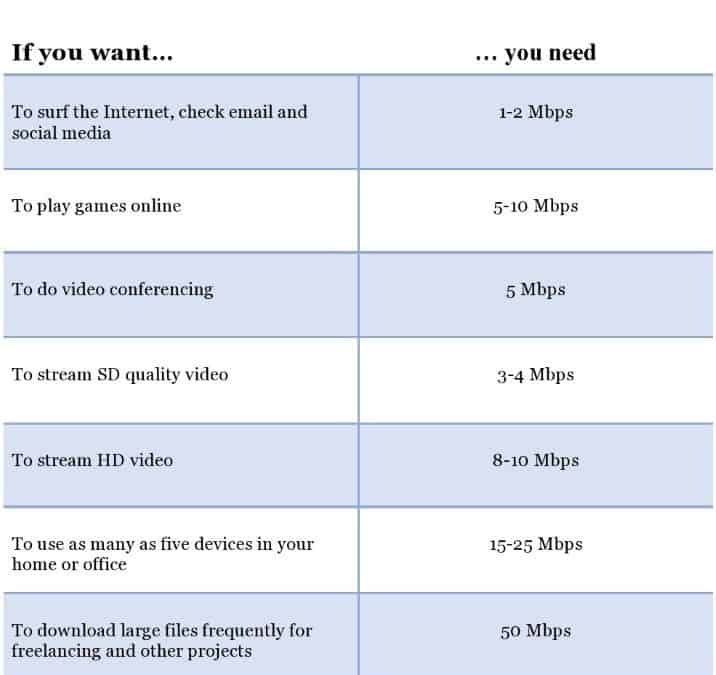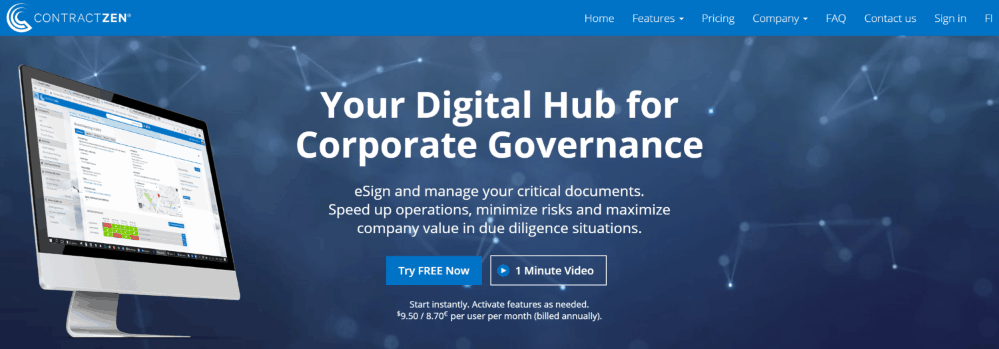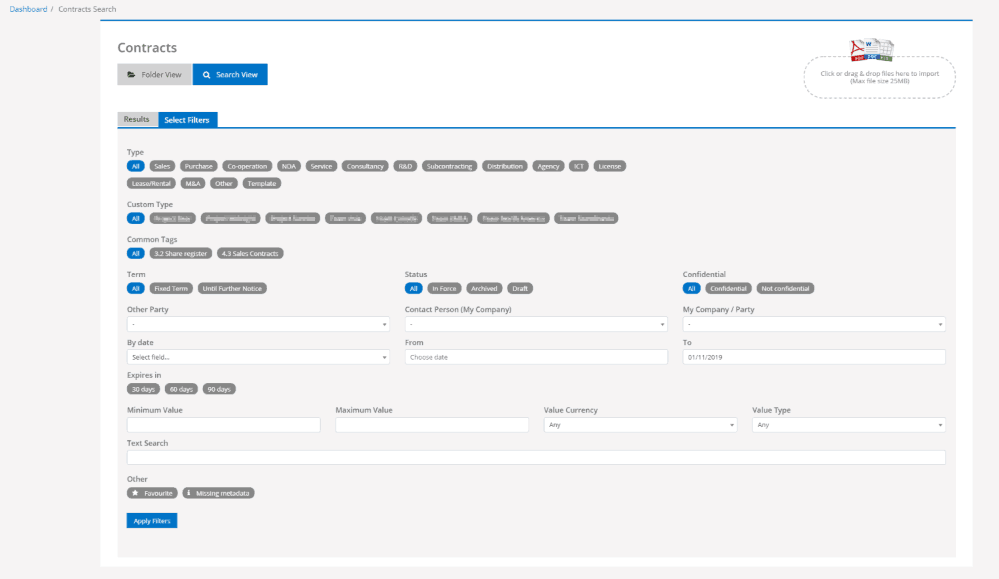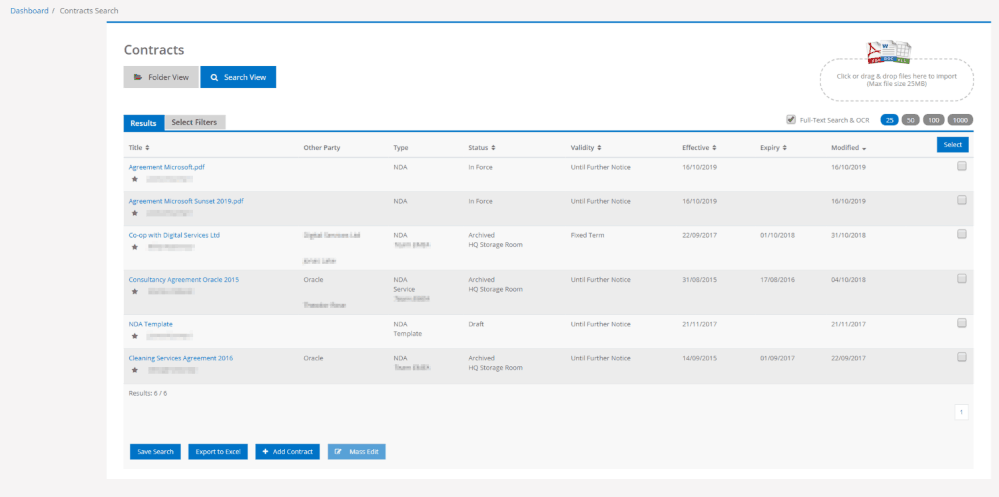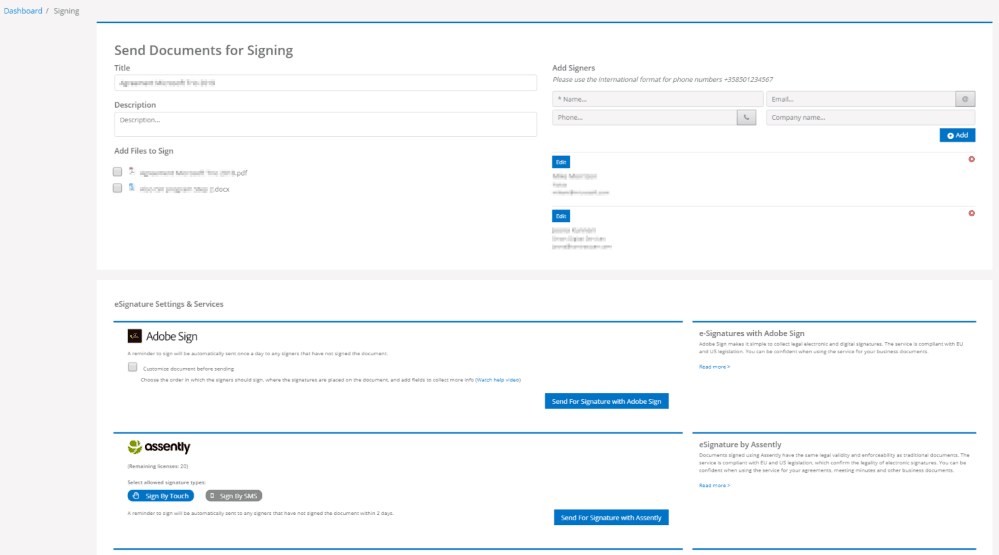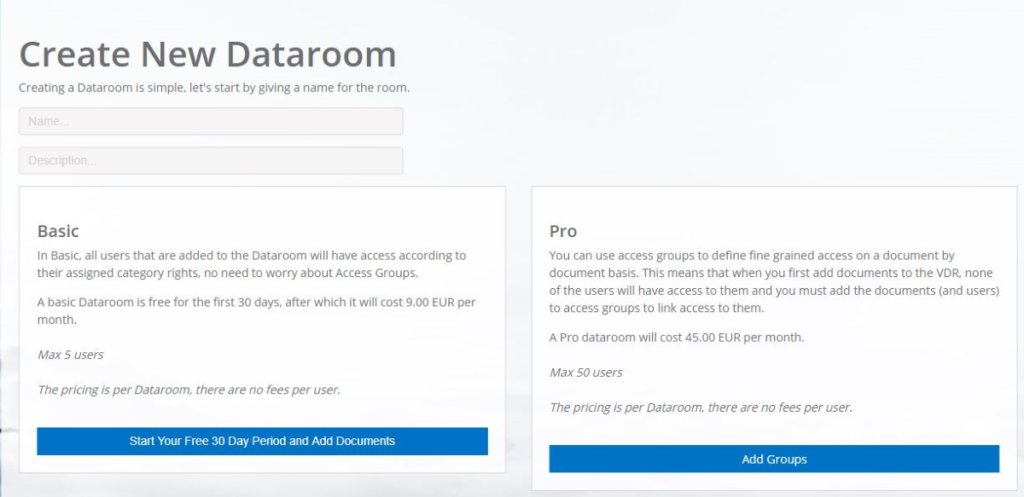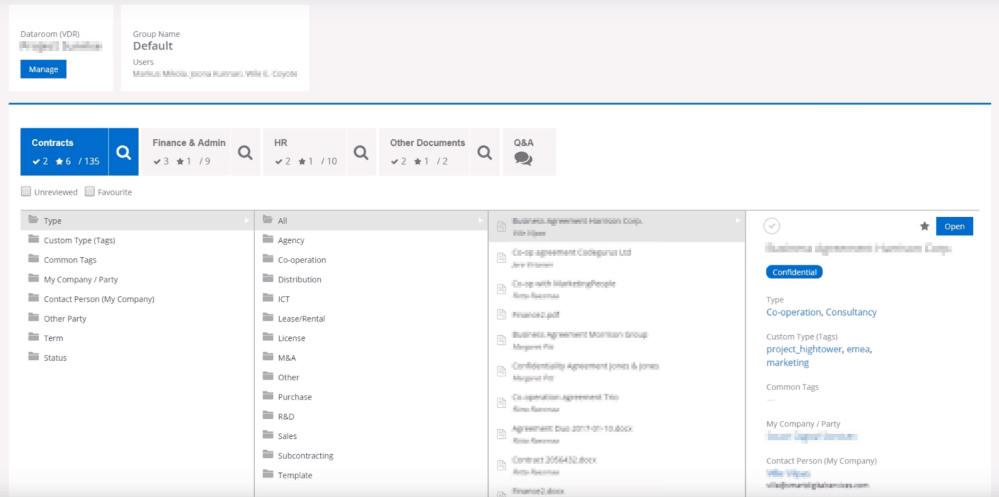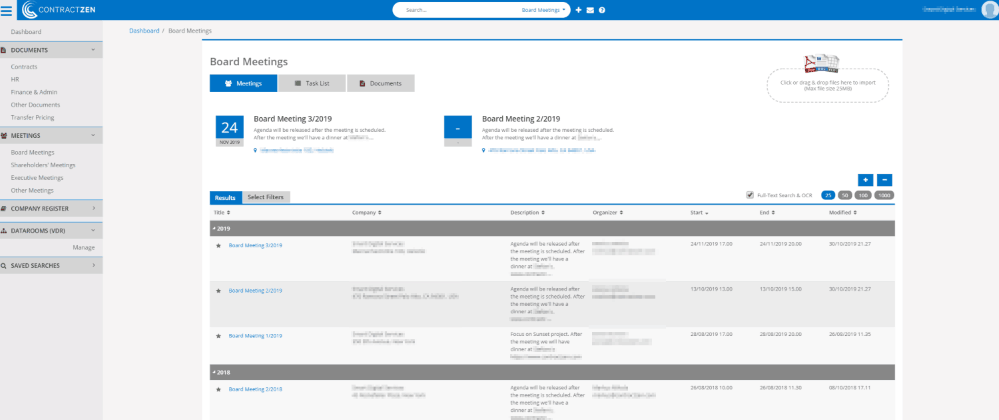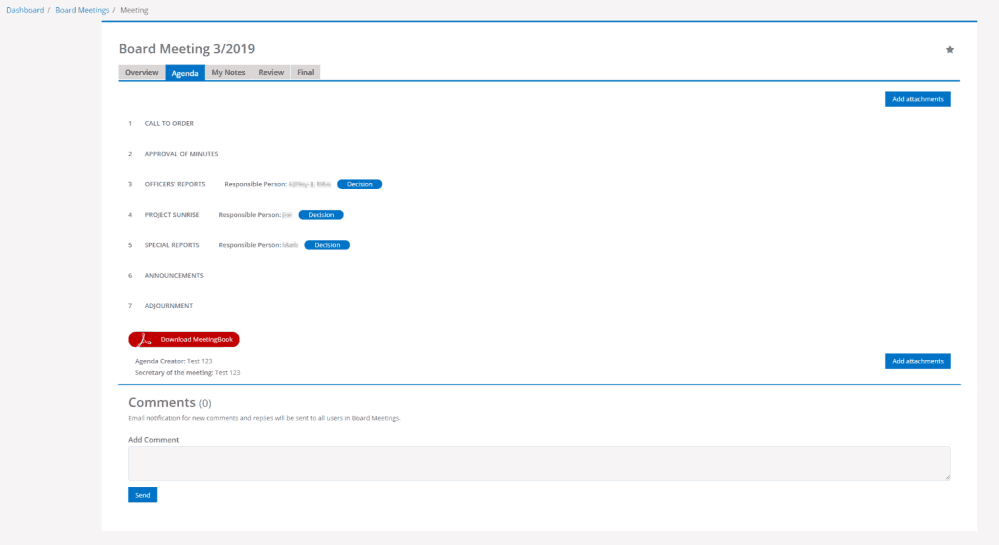[ad_1]
Business processes, or the way that you accomplish tasks and build relationships within your company, can be split into two categories: formal and informal.
Formal business processes, also known as procedures, are processes that have documented steps toward completion that are expected to be followed by employees. For instance, you might have a certain procedure for submitting invoices.
On the other hand, informal business processes are undocumented and created based on the way an individual prefers to work. For example, an informal business process could be steps you follow when communicating with leads, carrying out meetings or performing market research.
All business processes serve the same purpose – to streamline the way you work. The more you’ve tested and optimized the process, the fewer errors and delays your business experiences. Staff and customers will be more satisfied and you can avoid having to repeat work. Poorly defined processes can lead to numerous problems, including employee frustration, increased costs, wasted time and unhappy customers.
So, what can you do to streamline your processes and ensure that you’re getting the most out of every hour that goes into growing your business? Here are 5 simple steps to streamlining your business processes.
Visualize the Process
After identifying a process that requires improvement, use visual aids to document each step involved in carrying out that process. You can do this with a flowchart or swim lane diagram. By visualizing and exploring each step, you can determine where to make improvements. Be sure to consider any potential sub-steps for every decision point along the process. This will help you avoid the omission of potentially important steps in your process

Analyze the Process
Take the time to look closely at each step. Are there any bottlenecks? Which steps result in customer or employee frustration? Which steps take the most time to complete? Where do expenses increase? Whatever the problem is, trace the problem to its origins. If it involves employees or customers, speak to the relevant people and ask for suggestions on making improvements.
FEATURED CONTENT: HOW TO BECOME A BUSINESS ANALYTICS EXPERT
Formulate Solutions
When your analysis reveals problems in your business process, the next step is to formulate solutions to such problems. One way to formulate a solution is to redesign the process to eliminate the problems you identified. Seek input from those involved in the process. Then, use impact and risk analysis to determine the viability of the solutions that were provided. The more tests you carry out, the better you’ll understand the full outcome of each proposed idea.
Implement Change
Identifying changes to the process is just the beginning of streamlining your work. You must implement changes carefully, with everyone who utilizes the process involved. For instance, you may have to download new software or train some team members. This is a project in itself, so it’s important to properly plan and manage the task.
Review
Solutions are seldom 100% successful from the get-go. So, don’t forget to review and analyze the outcome of the changes you implemented after the fact. This will help you identify and fix problems as they arise.
These steps can be applied to just about any aspect of your business processes. The more areas you improve, the faster your business can reach its goals.
[ad_2]
Source link



